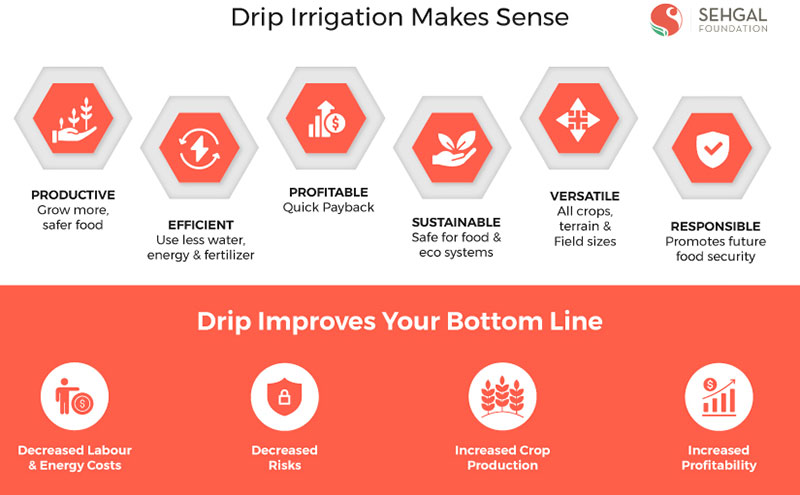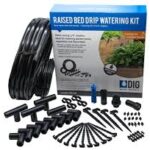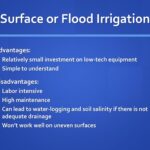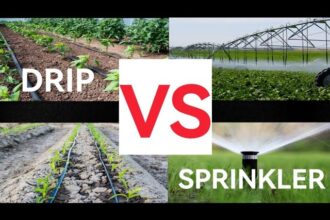Drip line irrigation is one of the smartest ways to water your plants efficiently and sustainably. Whether you’re a home gardener, a farmer, or managing a commercial landscape, drip line irrigation offers precision watering that reduces waste and promotes healthier plants. If you’re curious about how this system works, why it’s gaining popularity, and how to set it up correctly, you’re in the right place.
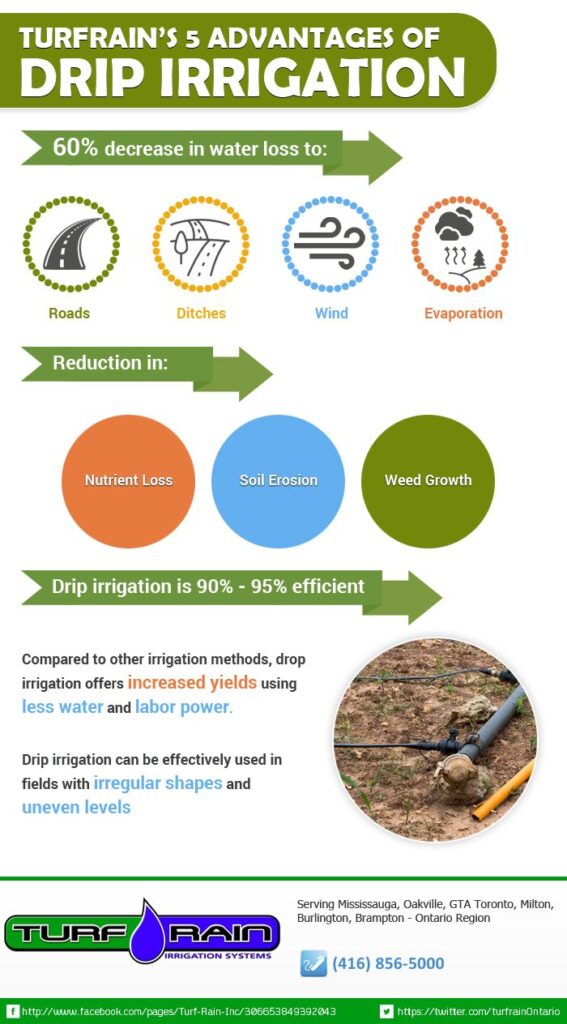
What Is Drip Line Irrigation?
Drip line irrigation is a form of micro-irrigation that delivers water slowly and directly to the base of plants through a network of tubes or pipes embedded with small emitters. These emitters release water drop-by-drop, ensuring the soil stays moist without becoming waterlogged.
Benefits of Drip Line Irrigation
Here’s why so many gardeners and farmers prefer drip line irrigation:
- Water Efficiency: Uses up to 50% less water compared to traditional sprinkler systems by targeting water right at the roots.
- Reduced Weed Growth: Since water is localized, areas between plants remain dry, discouraging weeds.
- Improved Plant Health: Consistent moisture levels help plants grow stronger and resist diseases.
- Lower Labor Costs: Automation options mean less manual watering and monitoring.
- Soil Erosion Prevention: Gentle watering reduces runoff and soil displacement.
Common Applications of Drip Line Irrigation
Drip line irrigation is versatile and can be applied in many settings:
| Application | Description | Benefits |
|---|---|---|
| Home Gardens | Watering flower beds, vegetable patches, and shrubs | Saves time and water, promotes healthy growth |
| Commercial Farming | Large-scale irrigation of crops like tomatoes, grapes, and berries | Precise water delivery reduces waste, increases yield |
| Greenhouses | Controlled environment watering for delicate plants | Maintains consistent moisture, ideal for propagation |
| Landscaping | Trees, shrubs, and lawns in urban or suburban areas | Reduces water bills, keeps plants thriving |
How Does Drip Line Irrigation Work?
Drip line irrigation systems consist of several parts:
- Mainline Tubing: Carries water from the source to the drip lines.
- Drip Lines (Emitter Tubes): Perforated tubes that release water slowly.
- Emitters: Small holes or devices that regulate water flow.
- Filters: Prevent debris from clogging the system.
- Pressure Regulators: Ensure water flows at an optimal rate.
- Timers (Optional): Automate watering schedules.
Water travels from the source, through the mainline, into the drip lines, and finally through the emitters directly to the soil near plant roots.

Step-by-Step Setup Tips for Drip Line Irrigation
Setting up your drip line irrigation properly can save you headaches later. Here’s how to get started:
- Plan Your Layout:
- Measure your garden or field.
- Sketch where plants are located and how tubing will run.
- Choose Your Materials:
- Select tubing length and emitter type based on plant water needs.
- Get filters and pressure regulators compatible with your water source.
- Install Mainline Tubing:
- Connect tubing to the water source.
- Lay tubing along the planned path.
- Attach Drip Lines and Emitters:
- Punch holes in the main tubing (if necessary).
- Insert drip lines or emitters where plants need water.
- Test the System:
- Turn on water and check for leaks or blockages.
- Adjust emitter flow rates for uniform watering.
- Add Automation (Optional):
- Connect a timer to automate watering schedules.
Maintenance Tips for Drip Line Systems
- Regular Cleaning: Flush the system to clear debris.
- Check Emitters: Replace or clean clogged emitters.
- Inspect Tubing: Look for cracks or leaks.
- Winterize: Drain water before freezing weather to avoid damage.
User Feedback: Real Experiences with Drip Line Irrigation
Positive Highlights:
- “My vegetable garden has never looked better. The water is always just right, and I’ve cut down on watering time by half.” – Lisa, Oregon
- “Using drip line irrigation on my vineyard has improved grape quality and reduced water costs.” – Marco, Italy
Common Challenges:
- “Initially, I struggled with emitter clogging, but adding a filter solved most problems.” – Raj, India
- “Installation took longer than expected, but the benefits are worth it.” – Ana, Brazil
Comparison Table: Drip Line vs. Other Irrigation Methods
| Feature | Drip Line Irrigation | Sprinkler Irrigation | Flood Irrigation |
|---|---|---|---|
| Water Efficiency | High (up to 50% savings) | Moderate | Low |
| Plant Health Impact | Excellent (targeted) | Moderate | Can cause overwatering |
| Installation Complexity | Moderate | Easy | Easy |
| Cost | Moderate | Low to moderate | Low |
| Weed Growth | Minimal | Higher | Higher |
| Labor Requirement | Low (with timer) | Moderate | High |

Conclusion
Drip line irrigation is a smart investment for anyone serious about sustainable gardening or farming. Its benefits in water conservation, plant health, and labor savings make it an ideal choice across many applications—from home gardens to large commercial farms.
By planning carefully, selecting the right materials, and following good maintenance practices, you can enjoy a flourishing garden with minimal water waste.
If you’re ready to upgrade your watering system, drip line irrigation is definitely worth considering!
